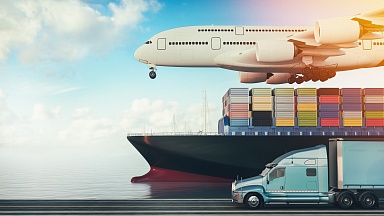When talking about New Silk Road trains, the China-Kazakhstan border in Xinjiang plays a significant role as the majority of the volume transported between Europe and China is reloaded here. Khorgos terminal ranked first as the busiest cross-border terminalin the country. It processed over 7.000 China Europe Express trains in 2022.
Alashankou, which used to be the busiest border crossing, is currently undergoing renovation for capacity expansion and therefore handled less trains. Currently, the Alashankou terminal has the capacity of handling 17 trains per day, 21 at its best scenario, with an estimated capacity of digesting 200.000 TEU per year. This resulted in cargo being redirected to the Khorgos border crossing this year, specifically cargo between China and Central Asian countries (except for Kazakhstan).
Rising Central Asia volume
Despite the growing volume passing through the Xinjiang border crossing, not all the trains are heading towards Europe. Quite some trains from China stop their journey in Central Asia countries.
Central Asia is changing its role on the New Silk Road. Countries that were positioned as transitional nodes connecting China-Europe logistic links are now an end destination. At the first China-Central Asia summit recently held in Xi’an, leaders of the respective countries strongly advocated strengthening the connection between China and Central Asia countries, with rail transportation as one of the major stimulus. Not so long after, ZTE, the second-largest 5G infrastructure provider after Huawei in China, dispatched its first batch of containers from Xi’an to Tashkent via rail.



